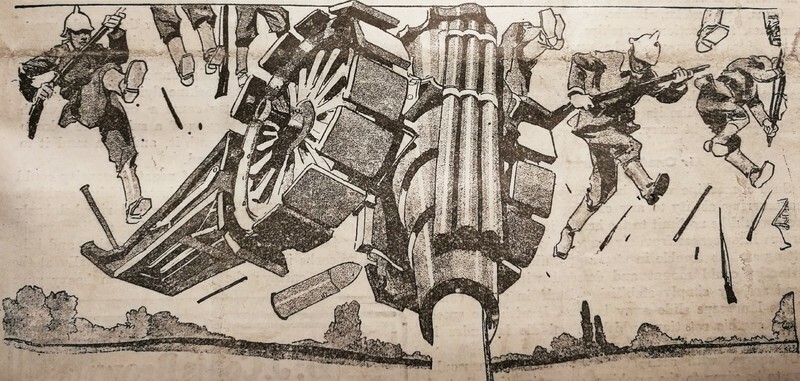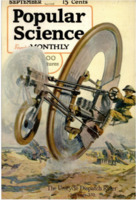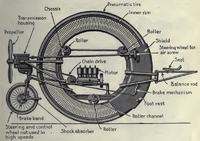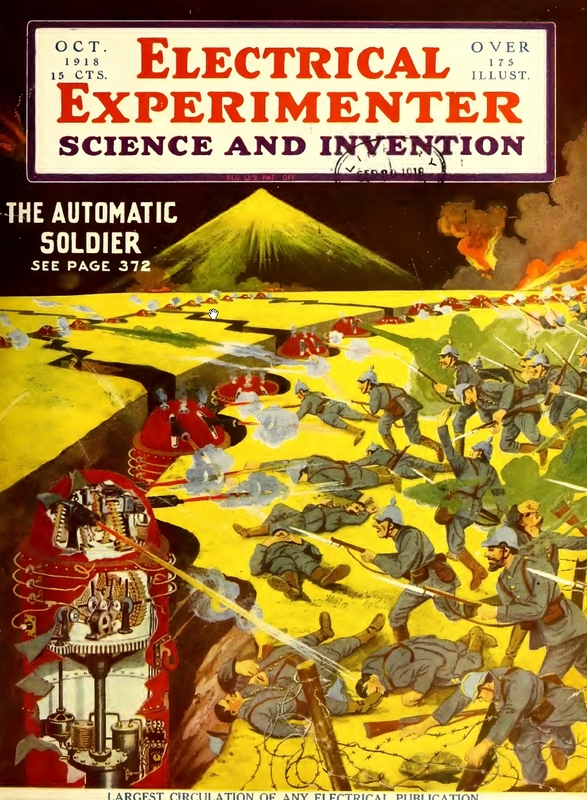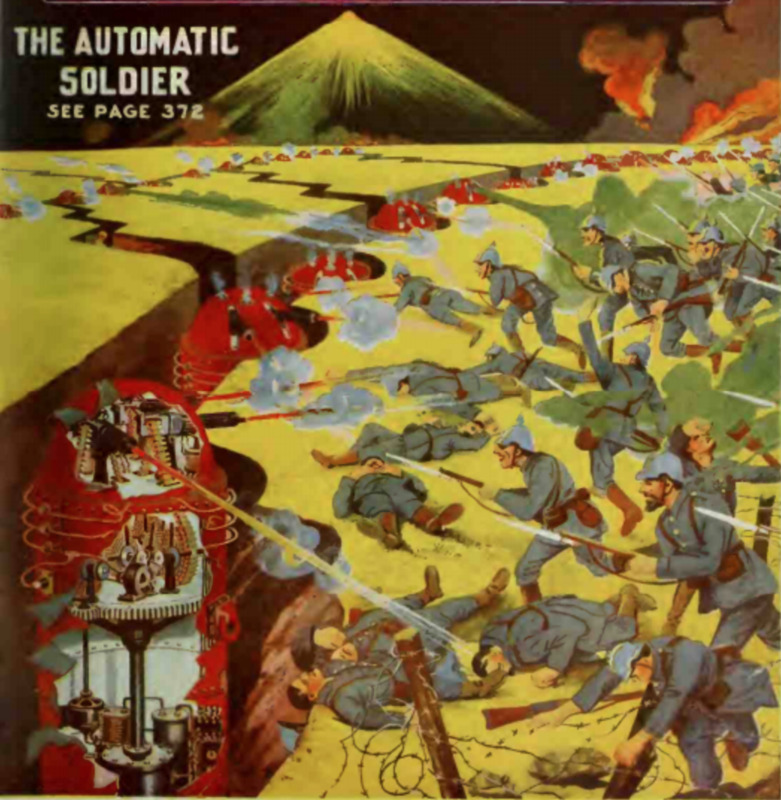Deus ex Machina?
Se il problema posto dall’artiglieria moderna e dalle mitragliatrici era di natura tecnologica, forse poteva esserci anche una soluzione tecnologica. Carri armati, gas tossici e mine sotterranee furono alcune delle nuove tecnologie inventate per rompere lo stallo delle trincee. Ma le istituzioni scientifiche nazionali non furono le sole a cercare di risolvere il “dilemma delle trincee”. Anche la fantasia di inventori dilettanti, giornalisti scientifici e illustratori fu ugualmente mobilitata.
L’obiettivo delle riviste di divulgazione scientifica non era esclusivamente, né principalmente, la descrizione della guerra tecnologica così come si sviluppava nelle trincee. Le invenzioni che esse presentavano erano scelte per la loro natura insolita o per la promessa di una rapida conclusione del conflitto. Dovevano risultare interessanti per un pubblico ansioso di notizie di guerra. Allo stesso tempo, dovevano descrivere una guerra ordinata, non eccessivamente violenta e, soprattutto, risolvibile grazie all’ingegno individuale e nazionale.
Il “monociclo da trincea” fu brevettato negli Stati Uniti come un (improbabile) veicolo da corsa. I redattori di Popular Science Monthly, ben consapevoli del valore commerciale della guerra europea, gli attribuirono un compito militare (staffetta portaordini) che l’invenzione difficilmente avrebbe potuto svolgere: le sue sottili ruote si sarebbero impantanate nel fango della terra di nessuno; le sue dimensioni lo avrebbero reso un facile bersaglio per il fuoco nemico.
Un’applicazione militare veniva spesso immaginata anche per invenzioni e temi che apparentemente non avevano nulla a che fare con la guerra. Un articolo sulla natura della gravità (presentata come un effetto elettrico) porta ad esempio il titolo “Conquistare la gravità per conquistare la guerra”. L’illustrazione, stampata in prima pagina, mostra un cannone e un paio di soldati tedeschi che fluttuano nell’aria, catturando l’attenzione del lettore, ma l’articolo non ha nulla a che vedere con il conflitto.
Il “Soldato Automatico” è un buon esempio di un tema ricorrente nelle riviste di divulgazione: la guerra del futuro sarà combattuta tra macchine. L’Electrical Experimenter suggeriva che il dilemma delle trincee potesse essere risolto semplicemente sostituendo i soldati con torrette controllate senza fili tramite onde radio. Armate di tre mitragliatrici, lanciafiamme e gas, le torrette potevano ritrarsi nel terreno quando non utilizzate. Naturalmente, come mostrato nell’illustrazione, perché l’invenzione funzionasse i soldati tedeschi dovevano restare umani.
